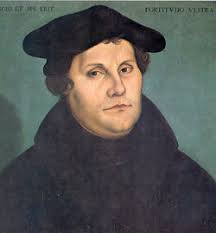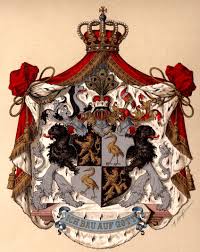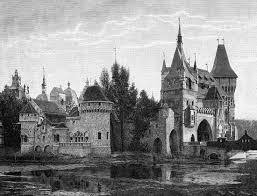Chapter 1 & 2 Test
Multiple Choice
1. history
3. Before Christ
4. Anno Domini
5. Three eras of history
7. Tigris and Esuphrates
10. Civilization
Matching
1. culture
4. monotheism
5. polytheism
10. postdeluvian
Essay
2. ancient- 4000BC to 5000BC
medieval- 5000AD to 1500AD
modern- 15000AD to present
Chapter 3 & 4 Test
Multiple Choice
1. Mt. Everest
2. Dead Sea
4. Caste
10. India
14. Decalogue
15. Mt. Horeb
16. Mecca
Matching
2.Chou
7.Clan
9.Fuji
10. arcipelago
Short Answer
2.38th parallel
3.south
4.north
12.Marco Polo
13. The Chi'n dynasty
14.the great wall of china
28. pyong yang
29. seoul
Chapter 5 Test
Multiple Choice
2.sahara
3.northeast corner of Africa
5.pharoahs
8.Nile
10. heiroglyphics
Matching
1.heiroglyphics
4.pyramid
5.egyptian
6.king tut
7 .mummification
Chapter 6 Test
Multiple Choice
1.because it was unexplored
2.polar ice caps
3.2 fifths
5. Sahara
6.Kalahari
7.Atlas
9.Lake Victoria
Matching
1.Wbwd- Melech
4.Simon Cyrene
5 .Clement of Alexandria
Short Answer
9.apartheid
Chapter 7 Test
Multiple Choice
1. black/aegean
2. corinth
4. Homer
5. The illiad
6.The odyssey
7. Zeus
8. Apollo
11. Ares
13. polis
14 . Acropolis
Chapter 8 Test
Multiple Choice
2.Warm mediterranean
3. alps
5.753 ad
6.Forum
7.patricians
8.plebians
9.paterfamilia
12.pantheon
14 .pedagouge
15 .Roman senate
19.conquest
20.legion
Matching
1.carthage
2.hannibal
3.gladiators
5 .triumvirate
Short Answer
1.Roman peace
2.caesar agustus
4.caligula
5.nero
7.mount vesuvius
8.pompeii
Chapter 12
multiple choice
1.knights
2.prauge
3.michealangleo
4.moat
5.serf
6.jousting
7.william ockham
matching
2.Medicis
4.burghers
5.black death
9.Leonardo da vinci
1.peice of land held by one man
3.estate taht belonged to nobles
15.famous painting by leonardo da vinci
Section Review 26 review 2. pg 515
15 years ago
















































